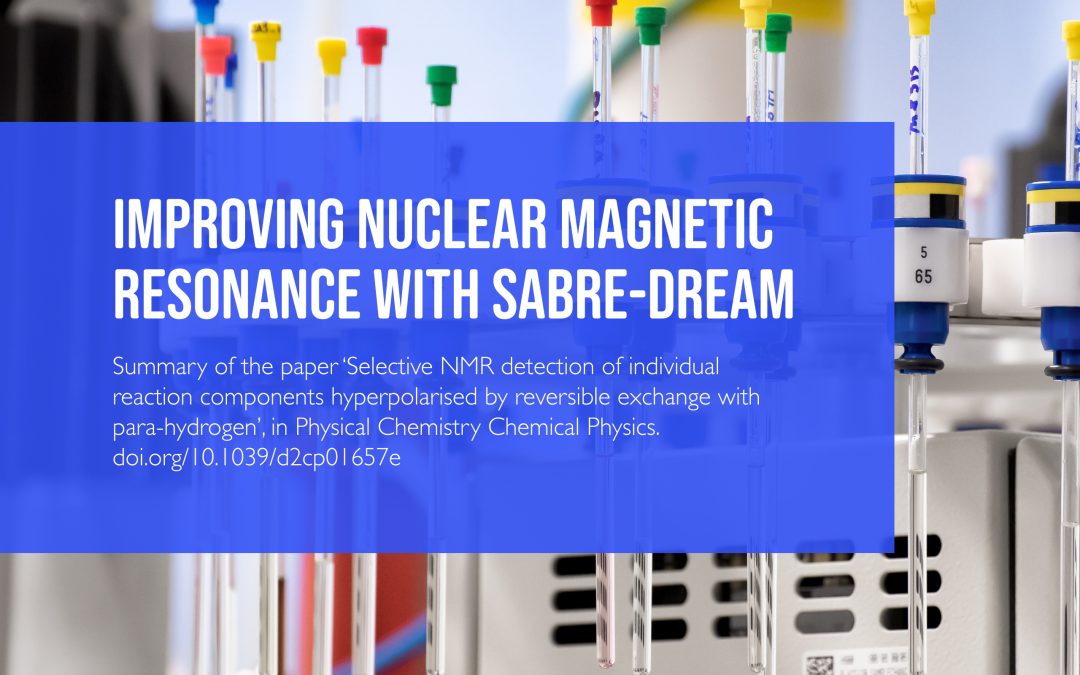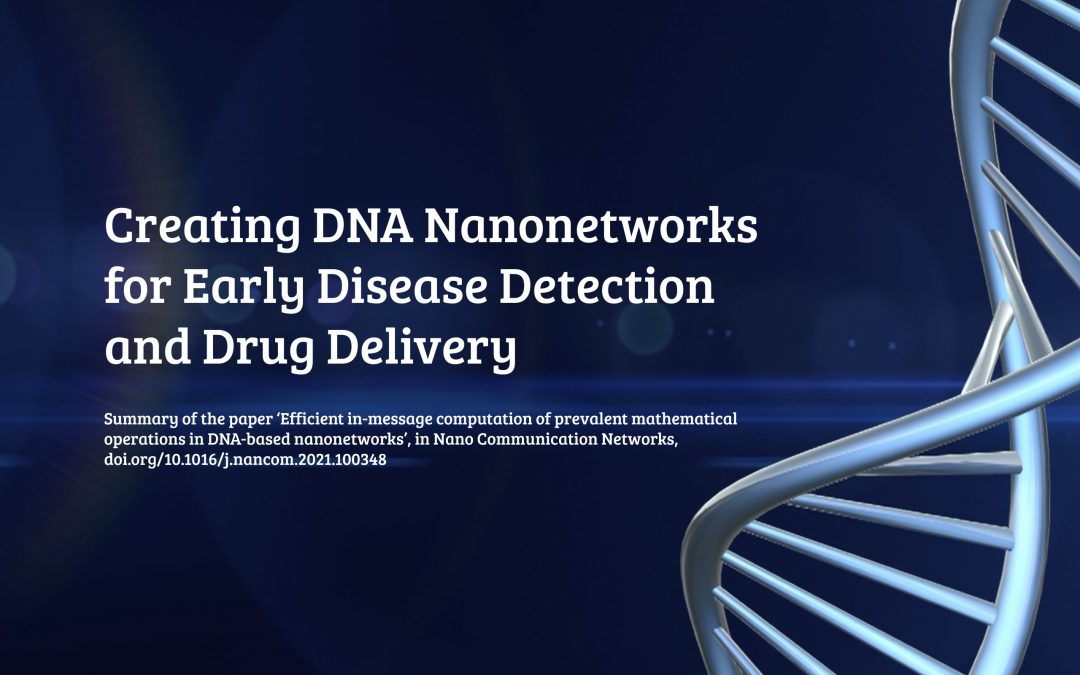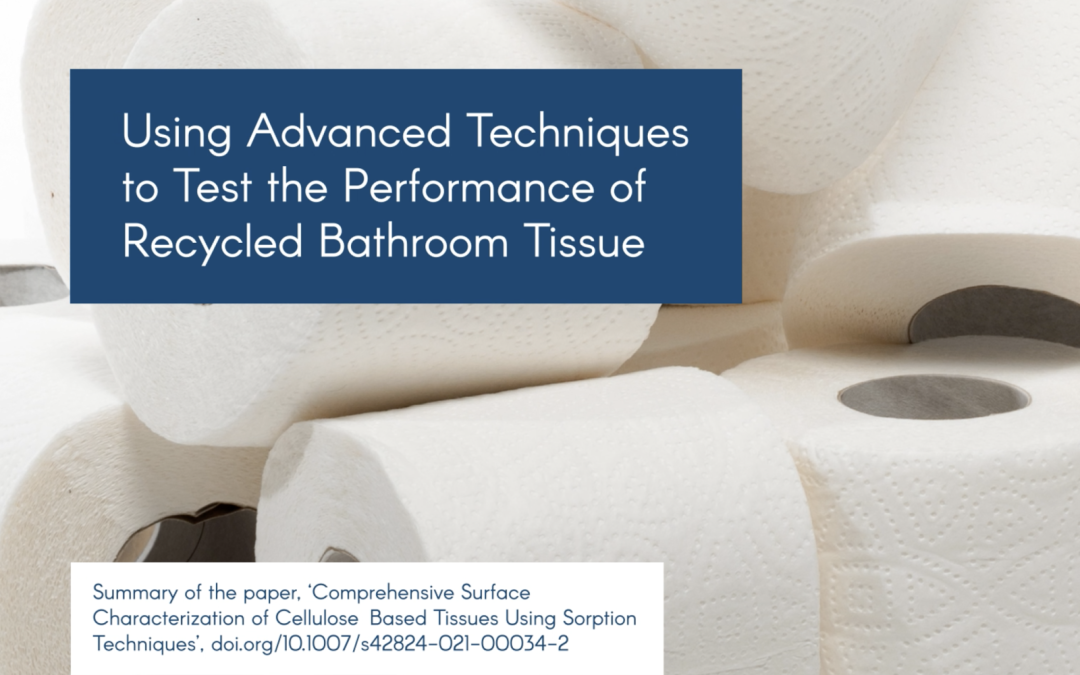
by admin | Mar 22, 2023 | engineering and tech animated, physical sciences animated, research animated
Nuclear magnetic resonance, or NMR, is an excellent technique for studying molecules, and is also the process behind hospital MRI machines. NMR works by exposing a sample to a strong, constant magnetic field. Then, a weak, oscillating magnetic field is also applied, and the atomic nuclei in the sample respond by emitting electromagnetic signals. These signals have particular frequencies, which scientists use to identify molecules in the sample. As useful as it is, NMR has weaknesses. Dr Philip Norcott at the Australian National University identifies two fundamental flaws and proposes a technique to overcome them.

by admin | Mar 15, 2023 | health and medicine animated, physical sciences animated, research animated
Nanotechnology offers exciting possibilities for the future of healthcare. Because of the tiny size of nano-devices, they are difficult to design and produce. Self-assembly, which involves taking simple structures and allowing them to combine to form larger, more complex structures, could be a solution to this problem. There are many examples of self-assembly in nature, such as the formation of DNA. Dr Florian Lau and his colleagues at the Institute of Telematics in Lübeck, Germany, research how to alter special building blocks of DNA – which they call ‘tiles’ – in such a way that allows them to self-assemble into ‘nanonetworks’.

by admin | Feb 8, 2023 | physical sciences animated, research animated
Secoiridoids are a family of healthy compounds found in olive oil. The type, ratio, and amount of the four major secoiridoids in olive oil depends on several factors. These include the olive variety, the region in which it was produced, and the process used to extract the oil. Understanding how to optimise the secoiridoid content in olive oil is a key focus for many food scientists. Towards this aim, Dr Ilario Losito from the University of Bari Aldo Moro and his colleagues extensively analysed 60 different types of olive oils produced in Italy. They used specialist chemistry techniques to determine the secoiridoid content of these olive oils.

by admin | Jan 24, 2023 | engineering and tech animated, physical sciences animated, research animated
Gyroscopes are widely used to measure the orientations and rotation speeds of moving objects – but according to one pair of researchers, the techniques we currently use to measure them are introducing significant and easily avoidable errors. Through their research, Dr Sara Stančin and Dr Sašo Tomažič, both at the University of Ljubljana in Slovenia, introduce a mathematical framework which accounts for how all three rotations measured by a gyroscope happen simultaneously, rather than in a sequence.

by admin | Jan 11, 2023 | physical sciences animated, research animated
As we attempt to reduce our environmental impact, many fields have changed. This includes bathroom tissue manufacturers, who are under increasing pressure to employ recycled paper as a sustainable raw material. Motivated by this shift, Dr Anett Kondor and her research team at Surface Measurement Systems Ltd studied four types of bathroom tissue, both recycled and non-recycled, to compare their water-adsorption performance.

by admin | Dec 7, 2022 | engineering and tech animated, physical sciences animated, research animated, stem education animated
Based at the University of Macau, the State Key Laboratory of Analog and Mixed-Signal VLSI (SKL-AMSV) conducts cutting-edge microelectronics research. The story of SKL-AMSV is a great example of how to build a world-renowned laboratory from scratch, with limited resources.






